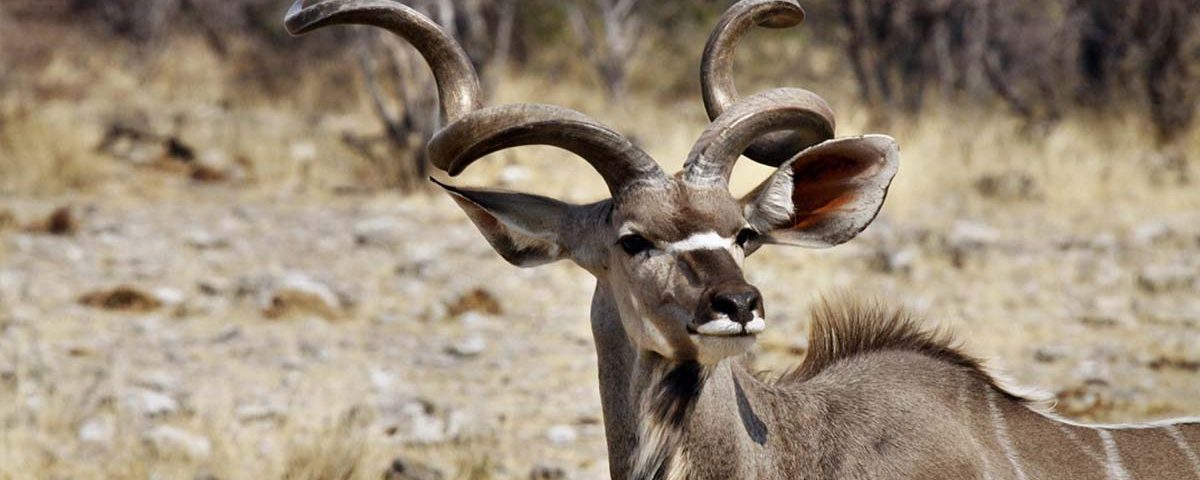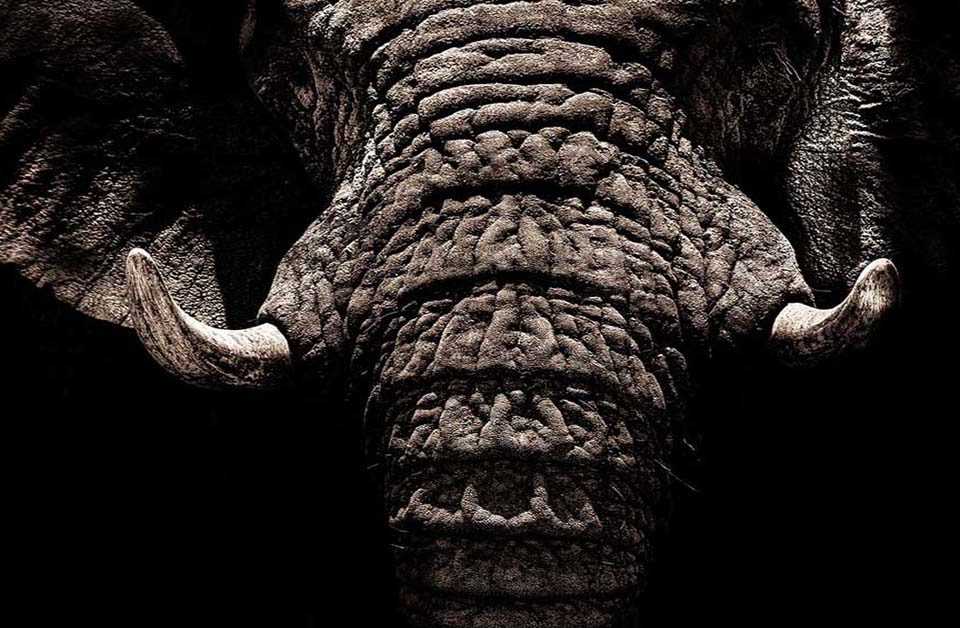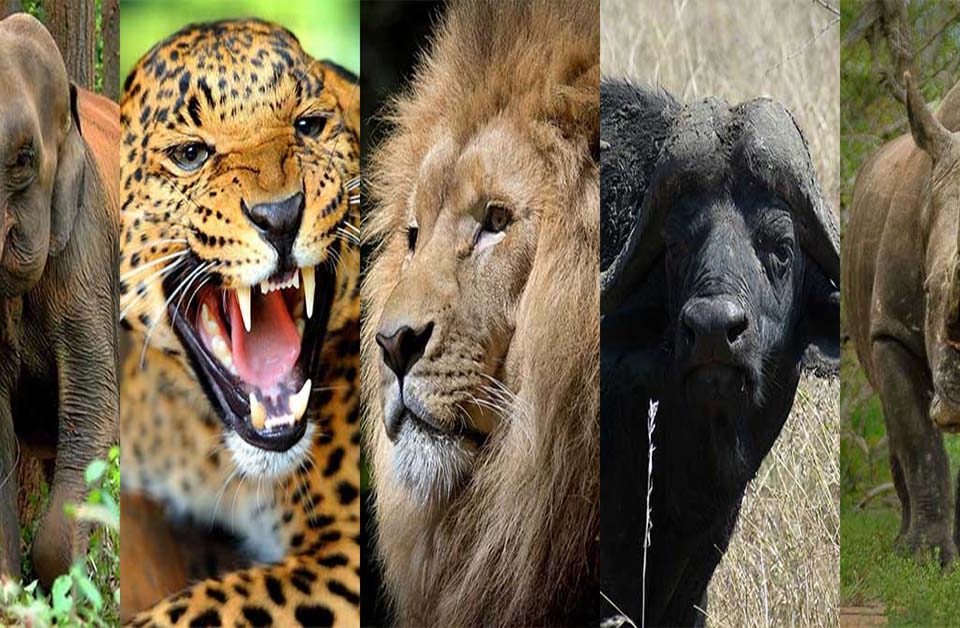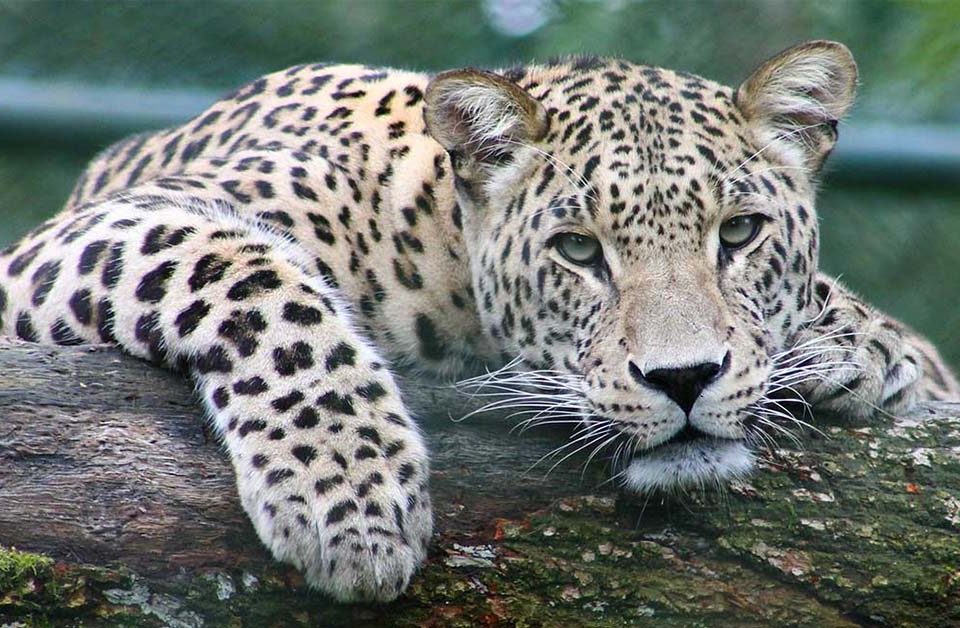Greater kudu: facts about the antelope of southern africa

Kudus, or cudus, are divided into Greater and minor, Tragelaphusstrepsiceros and Tragelaphusimberbis, and are African ruminants that both live in the wooded areas of East Africa. Their beauty and long horns have made them one of the most sought after preys in Africa. Ernest Hemingway himself extolled the Greater Kudus, calling this shy and elusive animal “the grey ghost”.
Despite the majestic and enchanting appearance of this animal, belonging to the Bovidae family, the Kudu is sadly regarded as the main cause of rabies in areas where it resides.
Etymology of the name
Cudu, known in English as Kudu or koodoo, is a name originating from Khoikhoi, language of an ethnic group in West Africa, which was used to refer to this antelope.
Tragos (Greek) means goat, while elaphos (Greek) means deer, strepho (Greek) means spiral and strephis is “twist“; Keras (Greek) refers to the animal’s horn. Hence the name – Tragelaphusstrepsiceros.
Characteristics of the Greater Kudu
The greater Kudu measures approximately between 1 and 1.5 metres at the withers, and is a rather robust and heavy animal. The male specimens, in fact, weigh about 190 to 270 kg, up to a maximum of 315 kg, whilst the female specimens weigh, as an average, between 120 and 210 kg. Furthermore, female Kudus completely lack antlers and do not even have the typical signs around the nose.
Their smooth short hairs vary in colour from grey to brownish grey, with the neck becoming darker with some shades of grey during breeding season. Both sexes have a short mane from the top of the head to the shoulders, where it forms a crest and continues along the spine.
Its distinctive features include a white sign in the shape of a hooked parenthesis that extends from the eyes through the upper nose, and exceptionally up to the large pink ears. They have numerous white markings, including 6-10 vertical stripes through their backs and on their behinds, varying white spots on the sides of their faces, and black spots on their upper lips and chin. They also feature a thick black tail with white ends underneath, including black “garters” on top of their legs.
You can watch a video here, shot by Rob the Wildlife Ranger, capturing a beautiful moment in the life of the Greater Kudus: clashing of horns.
Only males have their horns growing from the top of their heads in wide spirals with a distinct crest along their length, slightly divergent and tilted back from their heads. There are usually 2 to 3 spirals. The average length of the horns is between 40 and 56 cm, “sometimes exceeding 58 cm, but are very rare”. These well shaped horns have long been appreciated in Africa for use as musical instruments, containers, and symbolic ritual objects. Although rare, there have been instances of female Kudus growing horns like their male counterparts.
The adult specimens are active both during the day and at night. These animals typically form small herds of about ten, all of the same sex.
Characteristics of Minor Kudus
As implied by its name, this species are smaller than the Greater kudus, reaching an average of about one metre at the withers, and with small differences in height (about 5-10 cm) between males and females. Male minor Kudus weigh between 92 kg and 108 kg, whilst the females weigh between 56 kg and 70 kg, significantly less.
Male Imberbis have a greyish-brown mantle, while the females possess a typical brown antelope mantle. Regardless of the sex, minor Kudus have a coat painted with precisely 10 white lines. Herds of Minor Kudus are predominantly active from dusk to dawn, and are made up of 2 to 5 members of both sexes.
Preferred habitat of Kudus
Kudus, whether greater or minor, favour habitats consisting of mixed forests, acacia and bushes, whether on plains, hills, or mountains. Both greater and minor Kudus live in the wooded areas of East Africa, where they feed on herbs and leaves.
Kudu Predators
Kudus are prey to a number of predators such as lions, leopards, cheetahs, wild dogs and large pythons; the latter usually hunts for the smallest of kudus. Tragelaphus can run very fast, but often have difficulties with bigger predators. Their strength is rooted in their great agility: they can easily jump into forests, where large carnivorous predators find it difficult to chase them. Kudus often hide in the forest until their predators finally give up the hunt.
Behaviour and organisation
Kudus live in small herds, usually composed of 10-12 members. You can however count up to 24 of them when you find them. Herds of Kudus are mostly made up of female specimens and their calves, while male Kudus tend, on the contrary, to be more solitary, joining the females only when it is time to mate. Groups of up to 8 male Kudus are known to sometimes form a herd, but this is a very rare phenomenon.
Mating season for Kudus begins at the end of the rainy season. Their gestation period is about 8 months, after which the female Kudu normally gives birth to a single Kudu calf. Calves tend to be born around February and March, when the grass is at its peak and there is plenty of food to help the little kudus to grow.
Kudus have both benefited and suffered from contact with human beings. Humans find them an easy target to hunt, since they tend to stop and look around after fleeing, while some tribes and local populations on the other hand believe that Kudus are sacred animals, and therefore tend to protect them rather than kill them.



